
go bragging for a lifetime
Every moment here has an irreplaceable meaning
How many people go to Tibet
Not for the ghee and the beauty
Just for the purity of heart
How many people go to Tibet
Not for prayer flags and white pagodas
Just to pursue the legend hidden in the world
Everyone who loves self-driving tours should know the 8 major routes into Tibet .
For example, the Sichuan-Tibet ; for example, the Qinghai- Tibet ; for example, the Bingcha Line, which “takes the worst and most dangerous road, and sees the most gorgeous and beautiful scenery” ; for example, it is known as ” Yingfo Road”. , Tang and Tibetan ancient line with profound history …
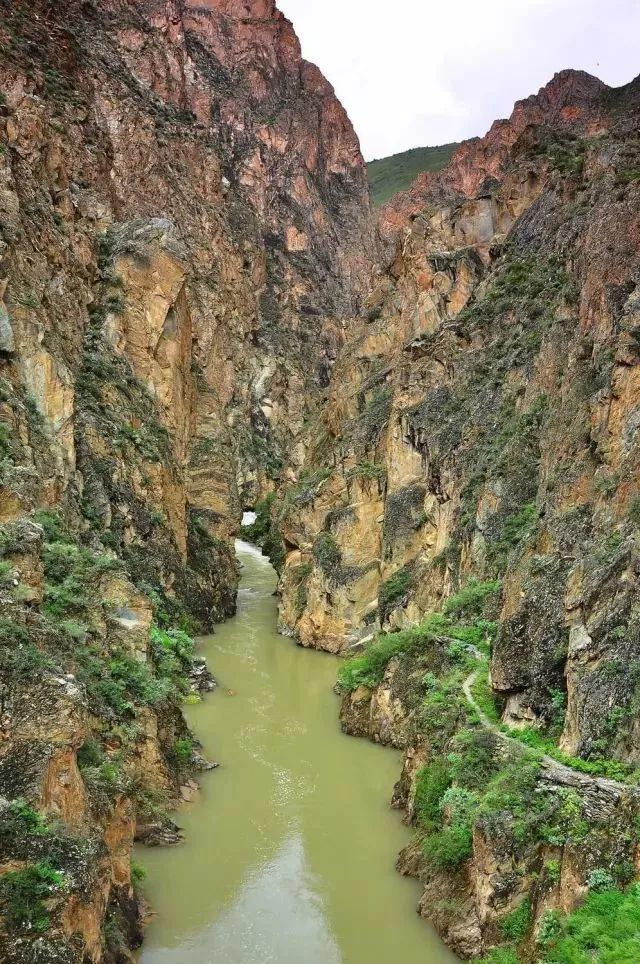
However, in addition to these 8 routes to Tibet, there is also the most primitive and mysterious route to Tibet, which is so beautiful that few people know about it.
It is called the 9th line into Tibet
The most primitive and beautiful line into Tibet
It doesn’t have the thrills of Bing Chacha, but this world-class hidden world secret road has primitive road infrastructure, few asphalt roads, and almost all dirt roads, even gravel sidewalks, and ruts…
And the peerless scenery hidden behind is worthy of a real road trip.
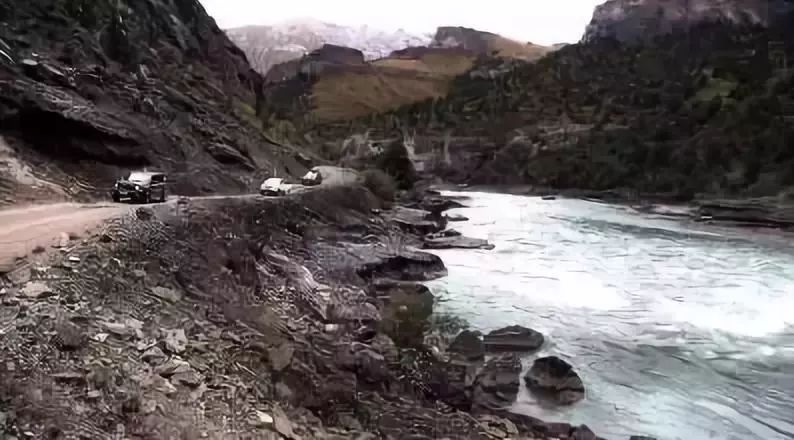

It does not pass through the roof of the world like the Xinzang line, but it is rich in natural landscapes such as snow-capped mountains, grasslands, forests, and lakes, as well as many sacred mountains and holy lakes… Among them, the sacred mountain of Sapu, which lives in the boudoir, is beautiful from birth Cry the world!

▲Sapu Shenshan©The Groomsmen
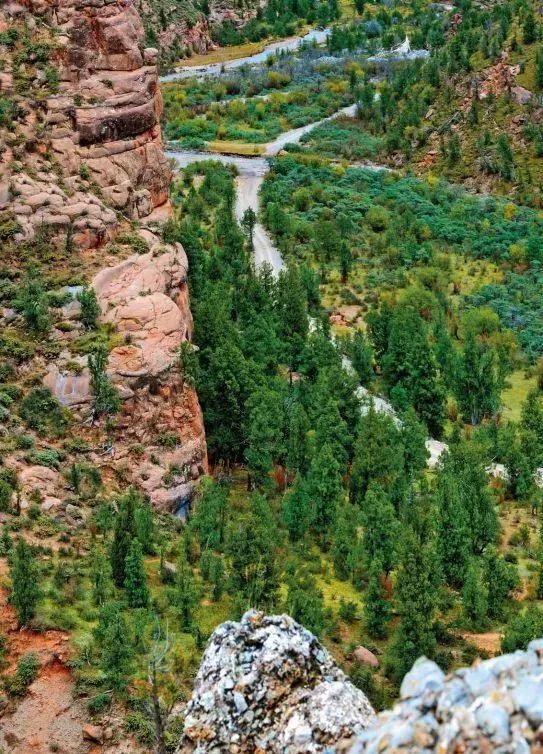
It is not as popular as Qinghai Lake on the Qinghai-Tibet line, but the various rare animals and plants here are all exciting!
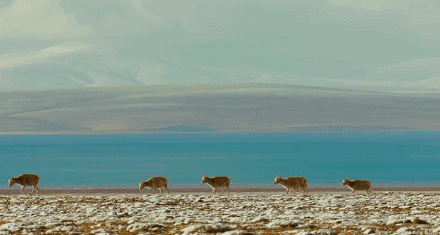
It is not as famous as Xueyu Seda on the Sichuan-Tibet Line, but the cultural customs here are not too much polluted by modern civilized society. It is a primitive cultural landscape corridor, Buddhist temples that can be encountered everywhere along the way, and Wencheng with a history of more than 1,300 years. Princess Temple;

© Dajing
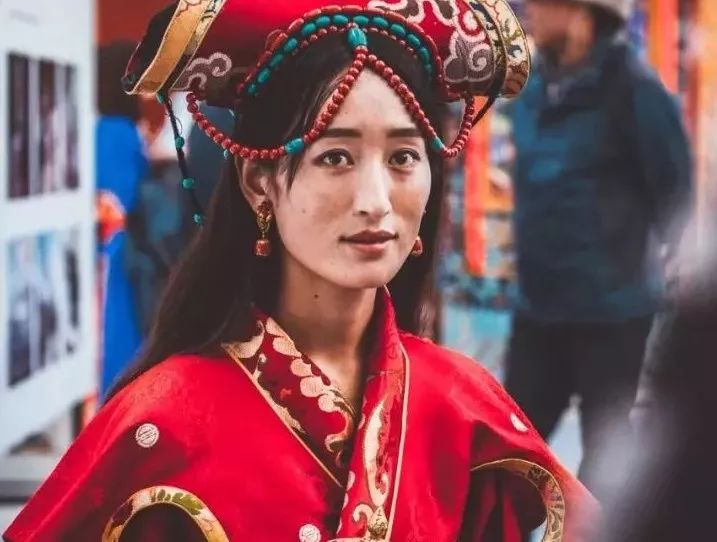
©Xu Bolei
It is kept in the boudoir
Go to the Tibet line of bragging for a lifetime
heteropolyline
The Zaduo line starts from Yushu, and after passing through Zaduo, it crosses the Tanggula Mountains and enters Tashi to join the Sichuan-Tibet North Line. It is a magical experience that the old driver must not miss when entering Tibet.

© Jianshe Wang
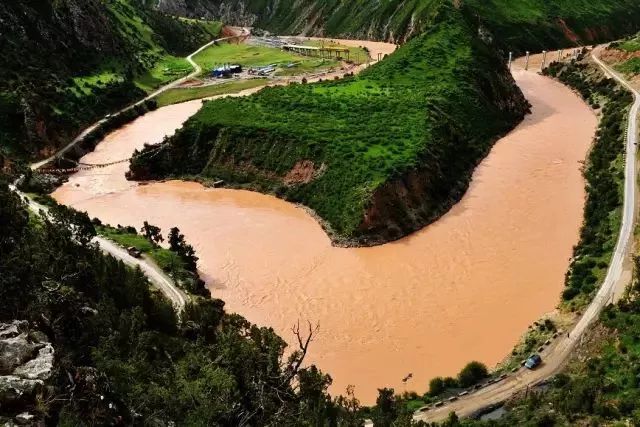
The source of the three rivers lies in Yushu
Juewu Shenshan Mountain is in Yushu
The peak in Yushu
Hoh Xil Xinjiang in Yushu
Rare animals live in Yushu
Kham culture roots in Yushu
Four Schools of Buddhism in Yushu
The Soul of King Gesar in Yushu
Ghana Mani Stone in Yushu
Tang and Tibetan Ancient Road in Yushu
From Yushu, an unexpectedly beautiful place, start this journey through the heavenly road.
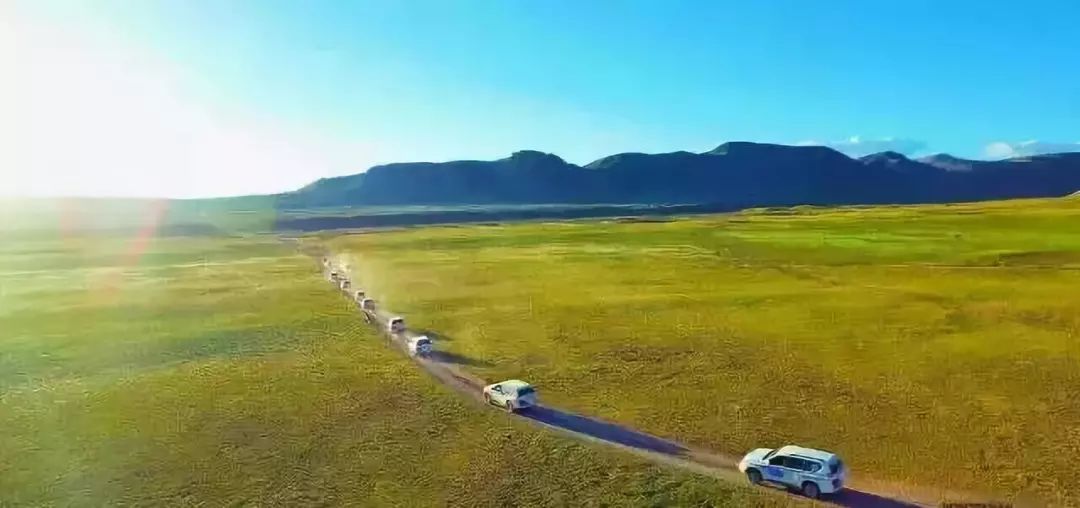
1. Yushu (beautiful starting point)
Unexpectedly, Yushu has such a wealth of beautiful scenery!
The “Yushu Earthquake” once made the whole country know about it.
Today, Yushu has long been reborn, but few people really know this Gesar’s Kham paradise !
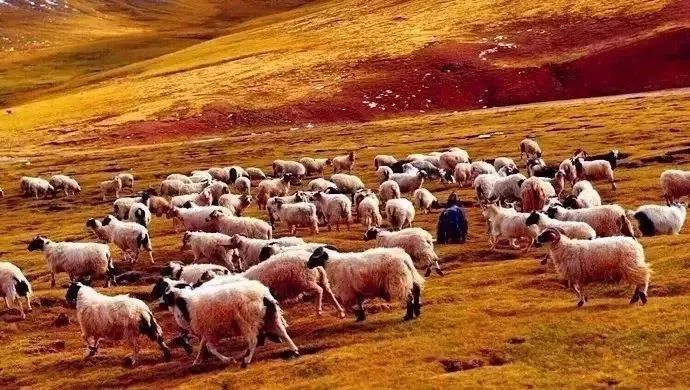
The source of rivers and rivers, the ancestor of famous mountains, the land of yaks, the hometown of singing and dancing, the ancient road of Tang and Tibet, the Chinese water tower… From these well-known reputations, we can perceive the charm of Yushu.
But when you are really in it, you will know why it is called the place closest to heaven on the Qinghai-Tibet Plateau. This is the area with the highest average altitude in China. The hidden beauty here is so rich!
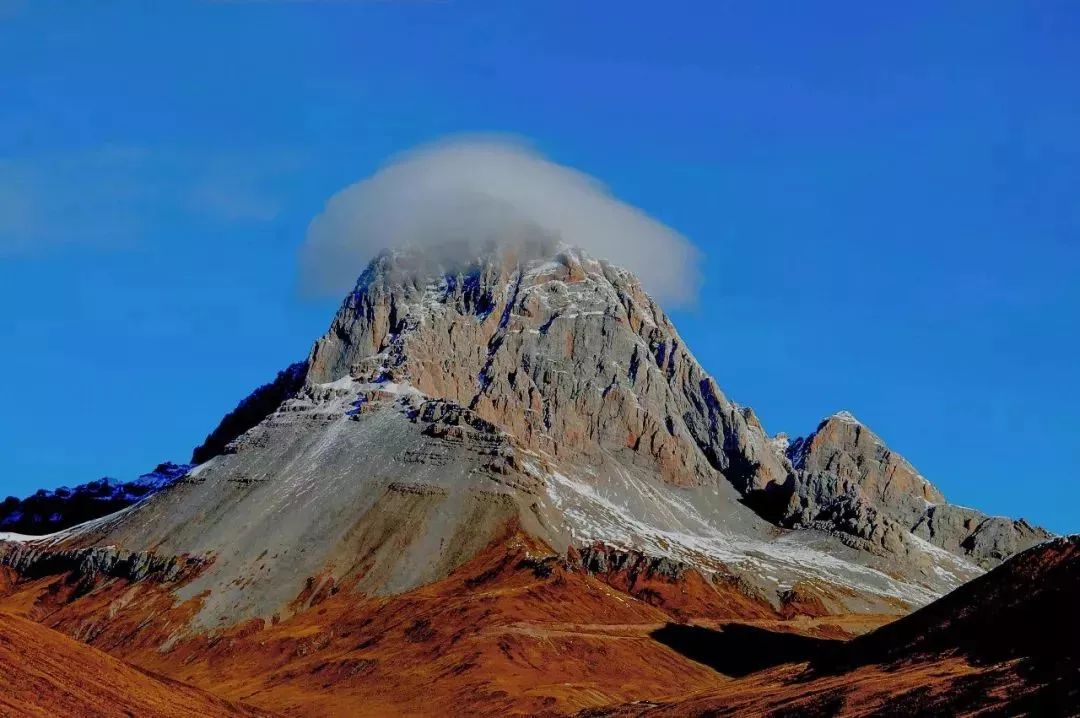
▲Gala Mountain©Zhang Youcai
Here is the source of the Yangtze River, the Yellow River, and the Lancang River; there are more than 2,000 peaks over 5,000 meters above sea level; there are 4.5 million hectares of the most beautiful ecological homes on the roof of the world; here is the most mysterious and original Gaduo among the four sacred mountains of Tibetan Buddhism. consciousness……
It is a collection of snow-capped grasslands, forests, lakes, and various rare animals and plants.
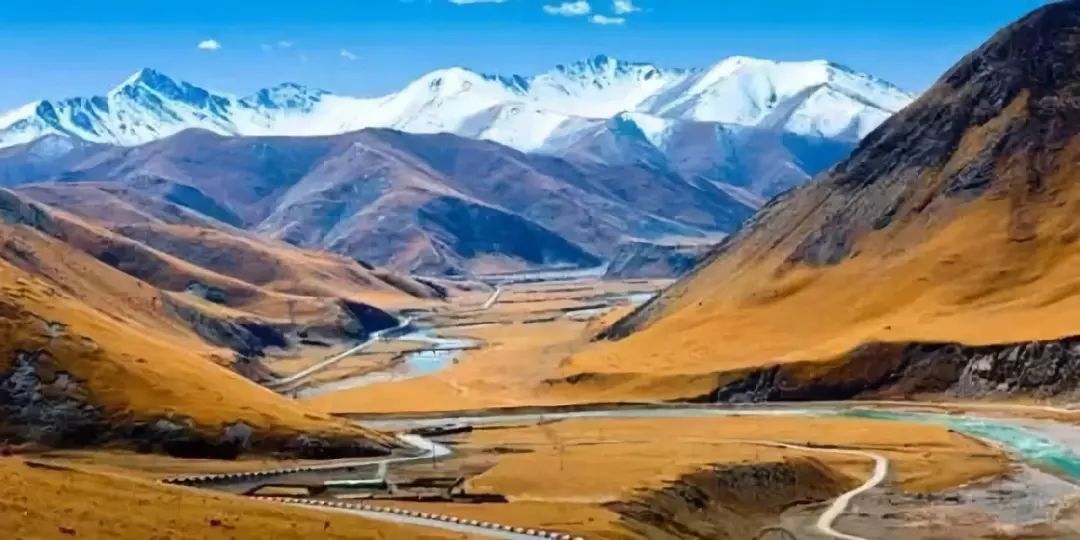
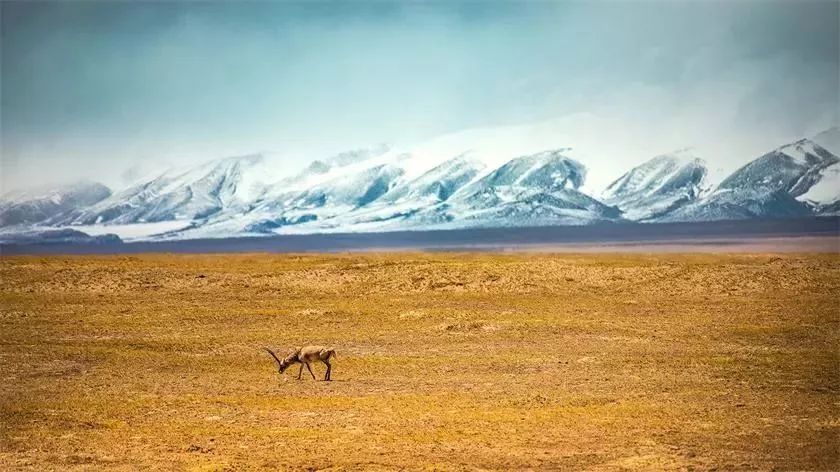
Here is the largest Mani stone pile in the world; here is the seat of the Gesar Kingdom; here is the only way to pass through the ancient Tang and Tibetan roads and an important town for the tea-horse trade…
The culture here is surprisingly deep.
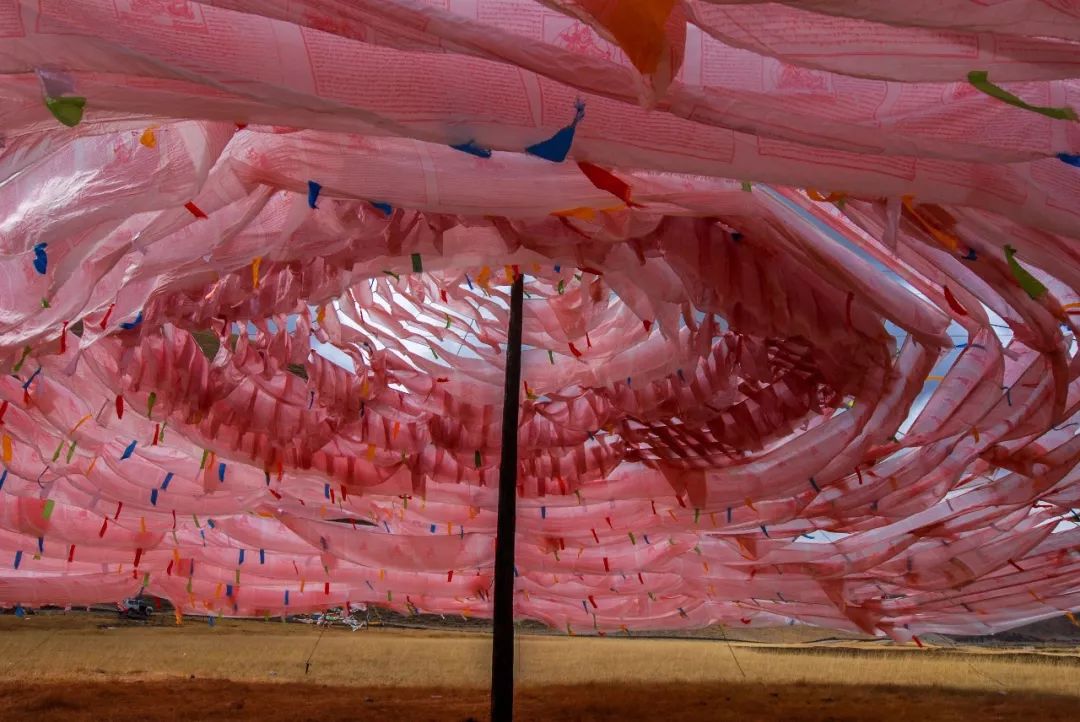
© Zhang Youcai
You can’t miss the most beautiful ecological home on the roof of the world
It’s called Hoh Xil
Hoh Xil, selected as a World is the most beautiful ecological homeland on the roof of the world and a paradise for animals.
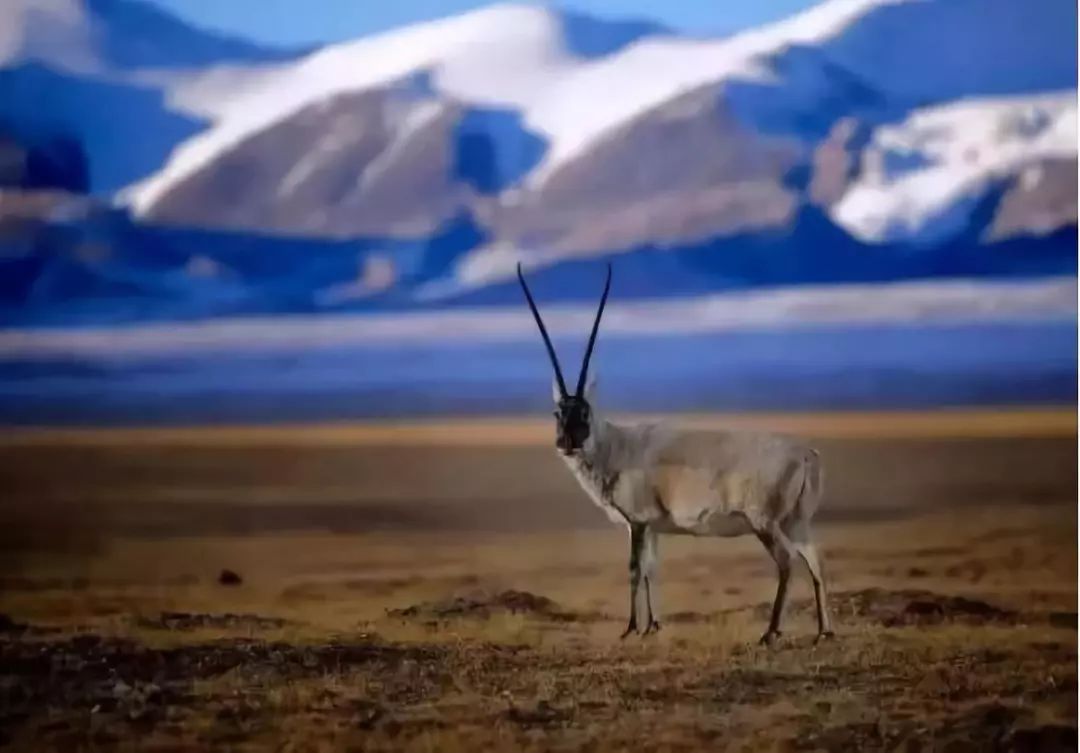
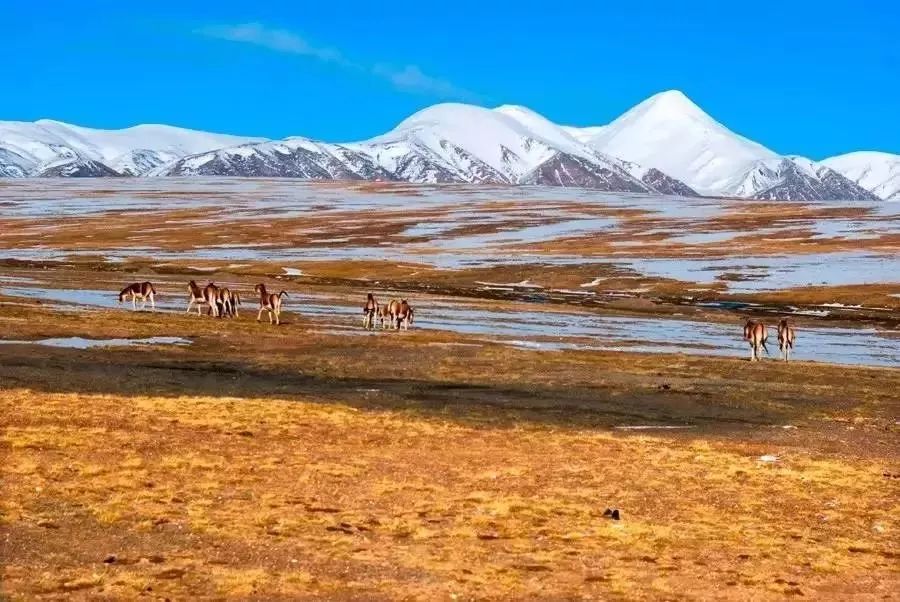
The average altitude here is about 4,500 meters, with an area of 450 hectares. It shelters nearly half of the world’s wild yak population, as well as wild animals such as Tibetan wild donkeys and Tibetan gazelle. There are more than 230 kinds of wild animals.
It is the responsibility of each of us to protect the ecological environment like protecting our eyes and treat the ecological environment like we treat our lives.
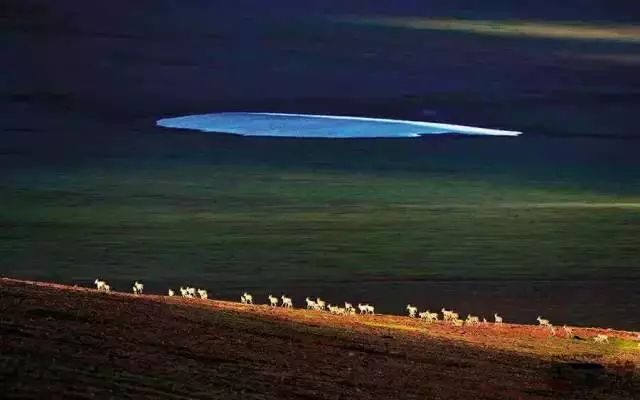
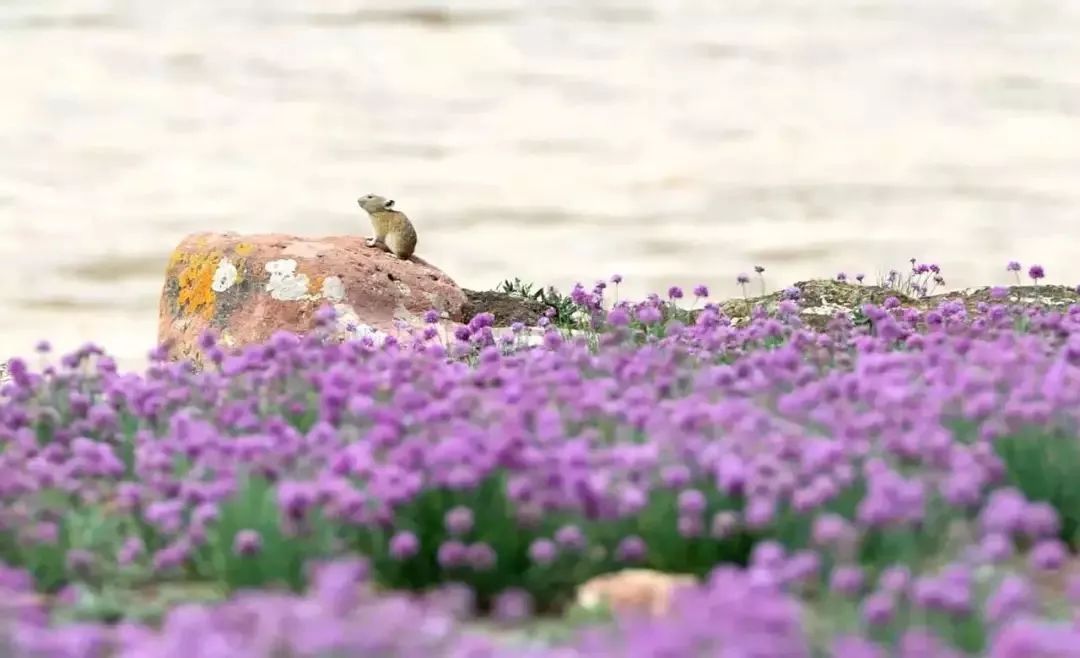
©Lu Jianhua
You can’t miss the most mysterious mountain of Tibetan Buddhism
It’s called Ga Duo Jue Wu
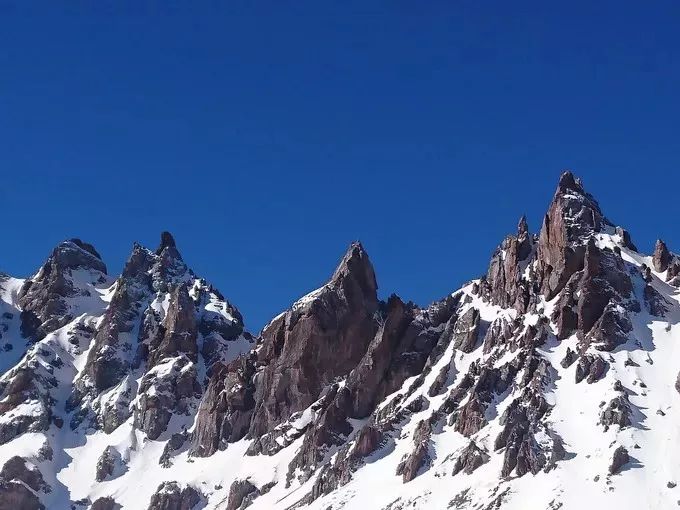
© Tsering Thondup
The “high” of Ga Duo’s awareness, so far no one has been able to reach the summit of the main peak; the “steepness” of Ga Duo’s awareness is like cutting an axe; Longjiang source.
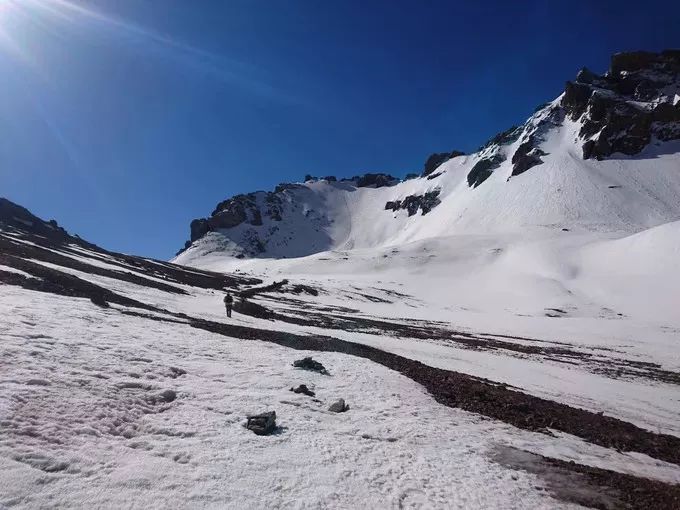
© Tsering Thondup
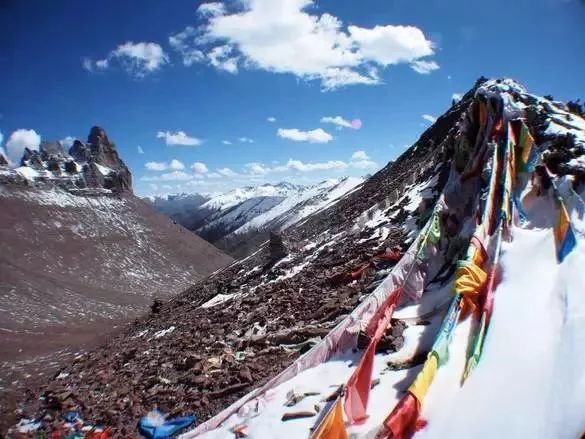
© horse cart dust
You can’t miss the most important cultural relics on the Tangbo Ancient Road
It is the Temple of Princess Wencheng
The Princess Wencheng Temple, also known as the Dari Tathagata Buddhist Hall, is located in the “source of the three rivers” in the southeast of the Qinghai-Tibet Plateau. It was first built in the Tang Dynasty. According to legend, it was built by Tibetans in the Tang Dynasty to commemorate Princess Wencheng. It has a history of more than 1300 years!

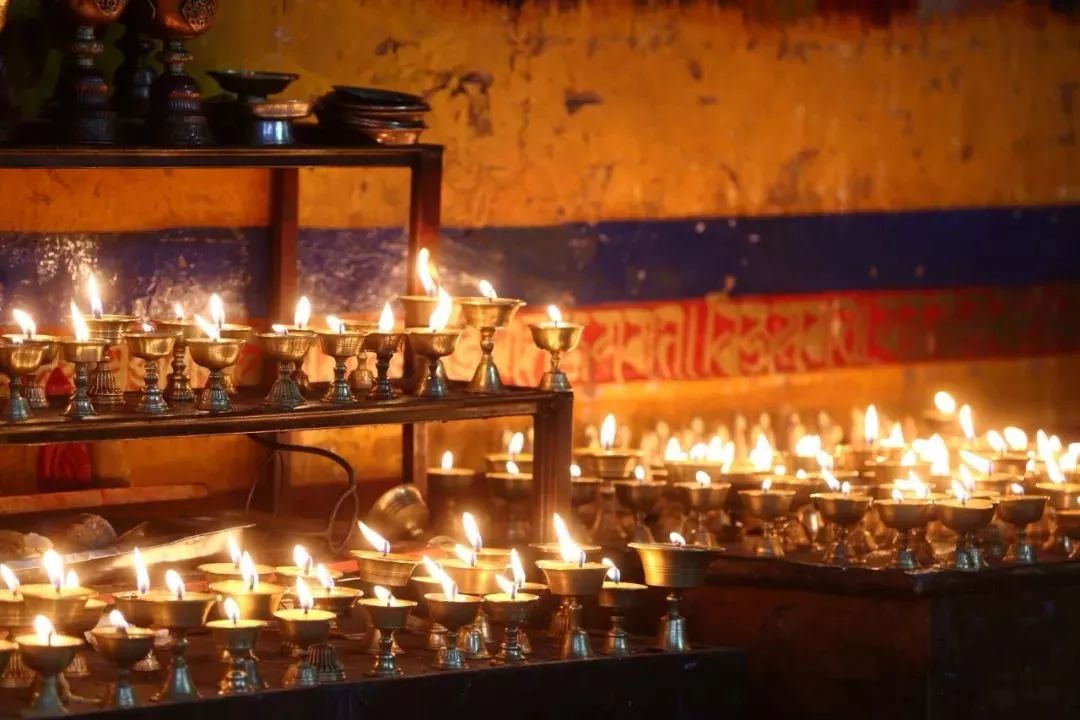
You can’t miss the Chinese Water Tower, the mother of the mother river
it is sanjiangyuan
Sanjiangyuan is the source of the Yangtze River, Yellow River, and Lancang River, known as the “Chinese Water Tower”.
It has magnificent frozen snow-capped mountains, vast grasslands, surging rivers, dotted lakes of all sizes, and rare wild animals and plants…
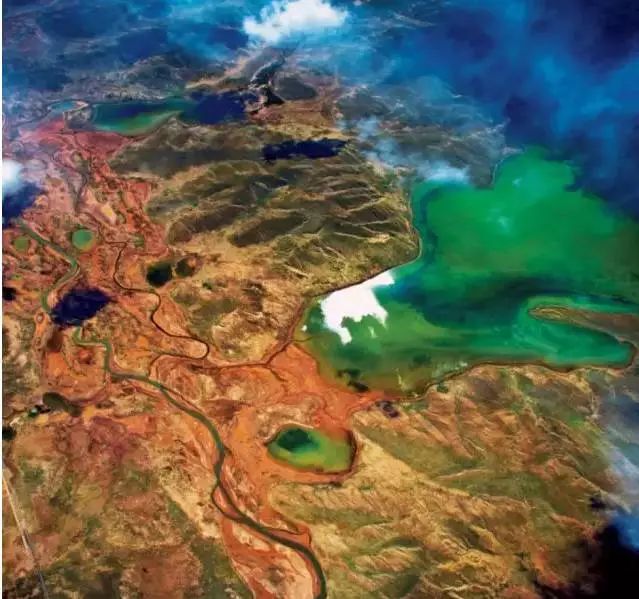
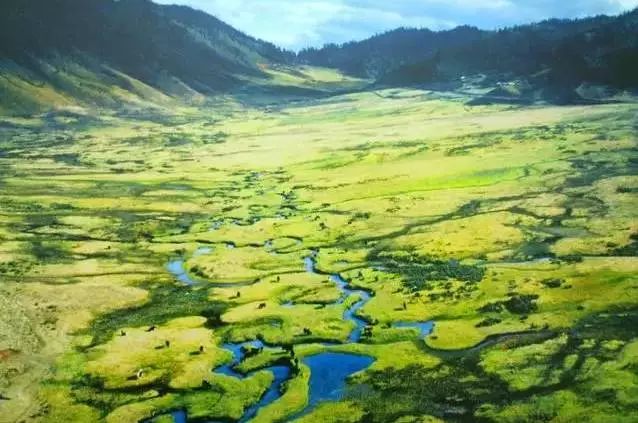
But there is no other place in the world where so many famous mountains and great rivers gather; it is also difficult to find three similar great rivers in the world, whose sources are so close and connected by blood. Has a magical charm.
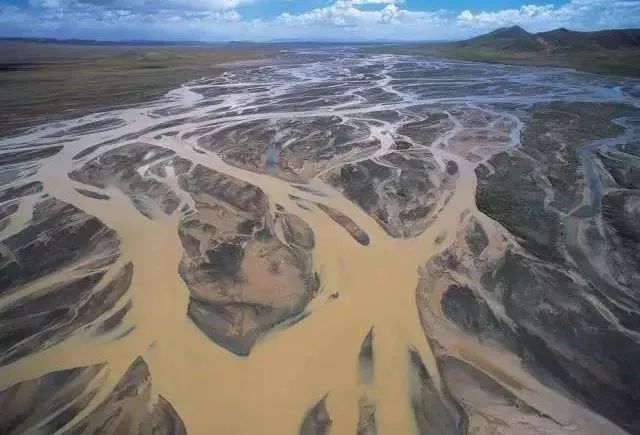
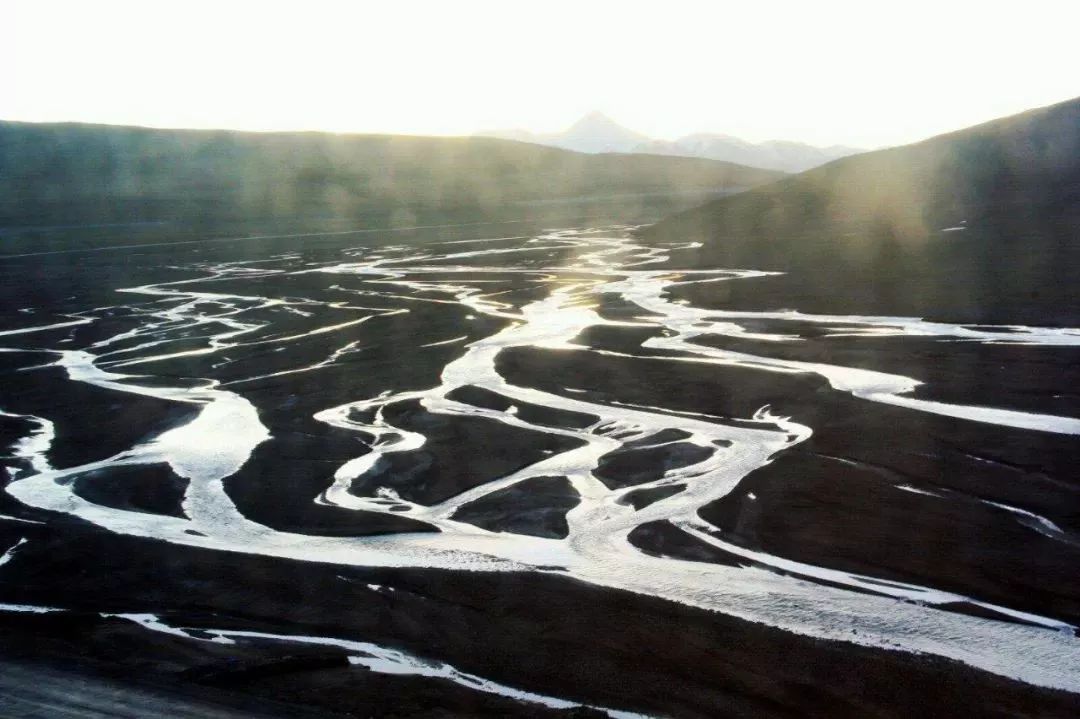
You can’t miss the Tongtian River in Journey to the West
It is actually called Tongtianhe
Tongtian River is the name of Yushu where the Yangtze River flows through. In “Journey to the West”, the story of a monk in Tang Dynasty who was overturned by an old turtle to dry scriptures in the river happened here.
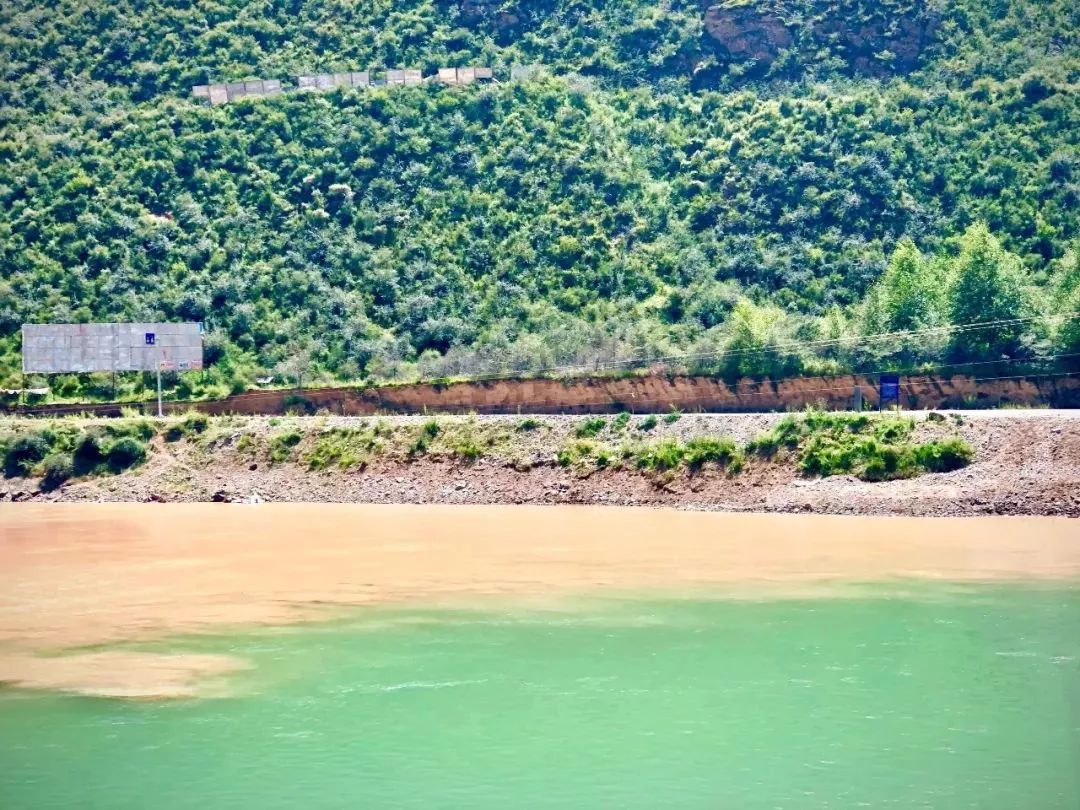
This is a piece of uncultivated virgin land, and a rare ice circle appeared earlier this year.
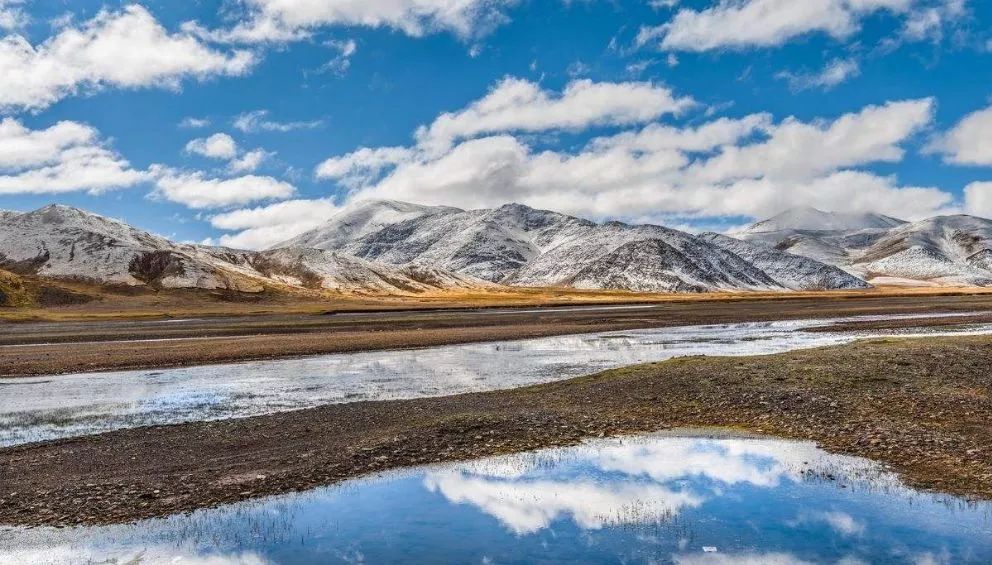
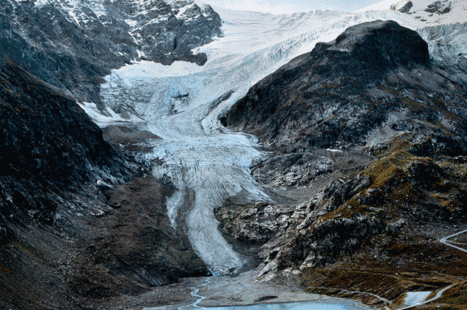
You must not miss the First Canyon of the Lancang River
It’s called Ga’er Temple Grand Canyon
Ga’er Temple, an ancient temple hanging on the cliff, is the largest temple in the Baijiao of Tibetan Buddhism. Master Lianhuasheng once practiced here, and the treasure of the town temple is even more amazing.
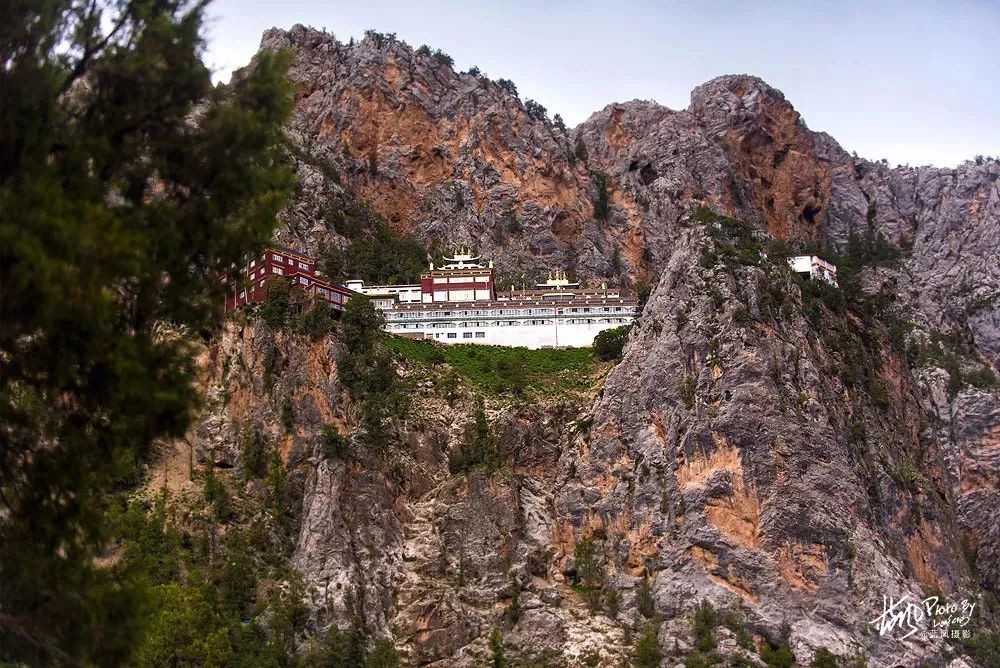
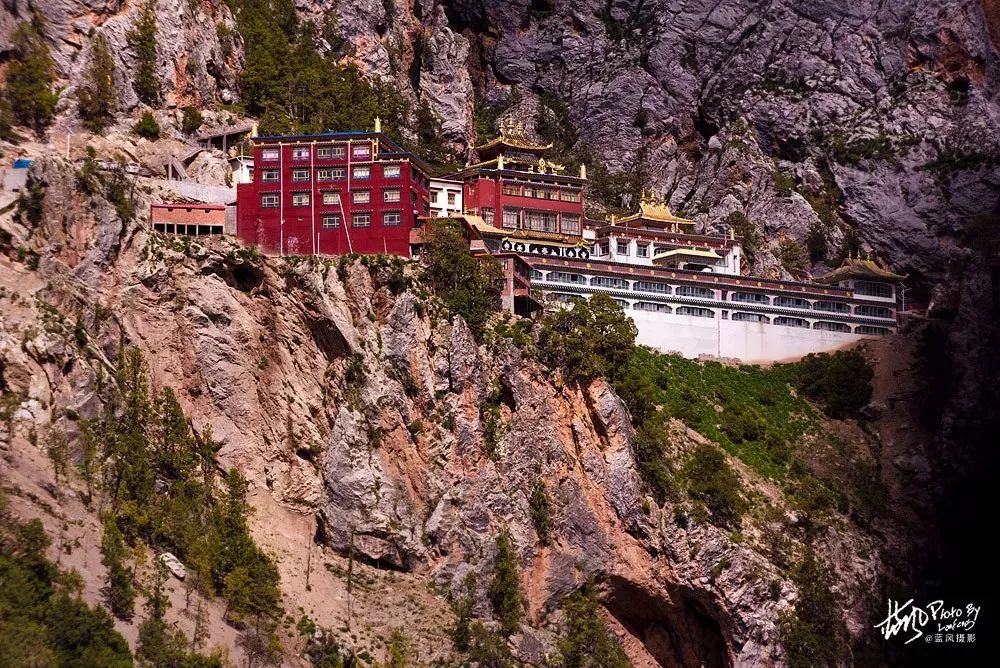
© Blue Wind Photography
In addition to the ancient cliff temples, there are rare canyon wonders in the Sanjiangyuan area of the Qinghai-Tibet Plateau, alpine pastures, lakes, forests, and ancient villages.
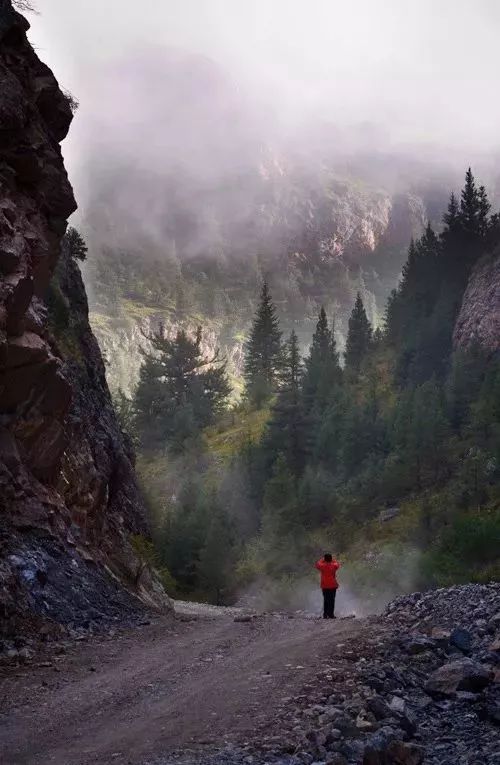
Here is the largest Mani stone pile in the world
It is called Xinzhai Mani Stone Stack
In the mountains, intersections, lakesides, and riversides all over Tibet, you can almost see altars made of stones and slabs – Manidui.
There are nearly 2.6 billion Mani stones in the Xinzhai Mani stone pile. It is the largest Mani stone pile in the world. It is used to pray for blessings and is also the protector of people.
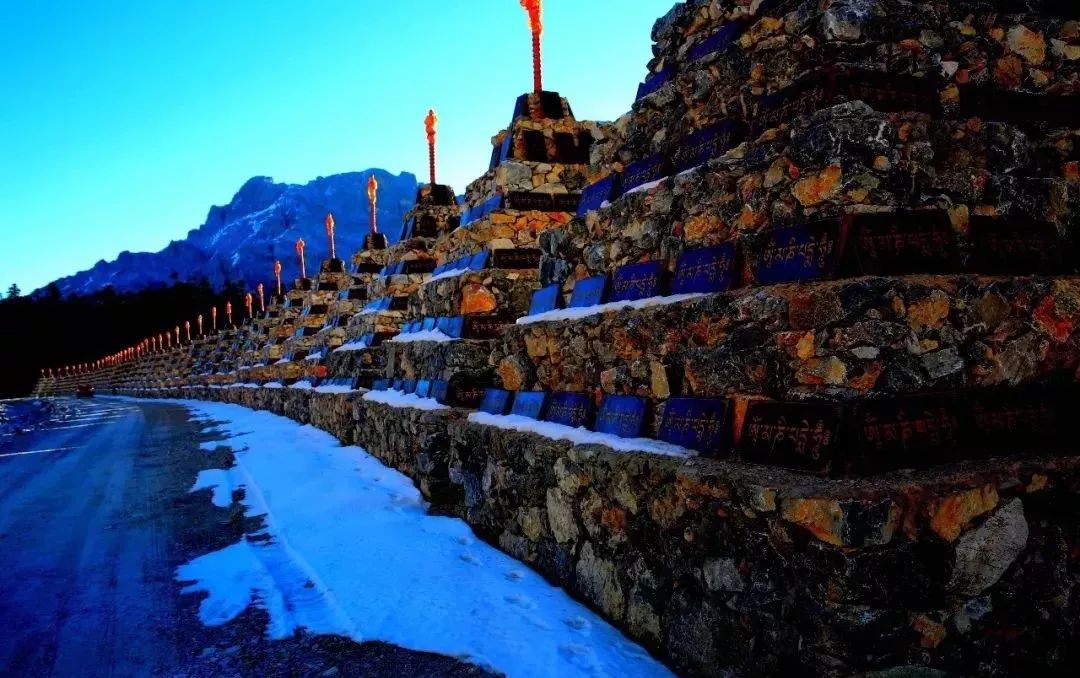
Coordinates: Jiegu Town, about 5 kilometers west of Yushu
You can’t miss the vast grassland like a picture scroll
It’s called Zaxika
The Zhaxika Grassland is also known as the Sun Tribe. It not only has a vast and magnificent grassland beauty, but also has a strong religious atmosphere. Temples of the Yellow Sect, the White Sect, and the Red Sect are all over every corner.
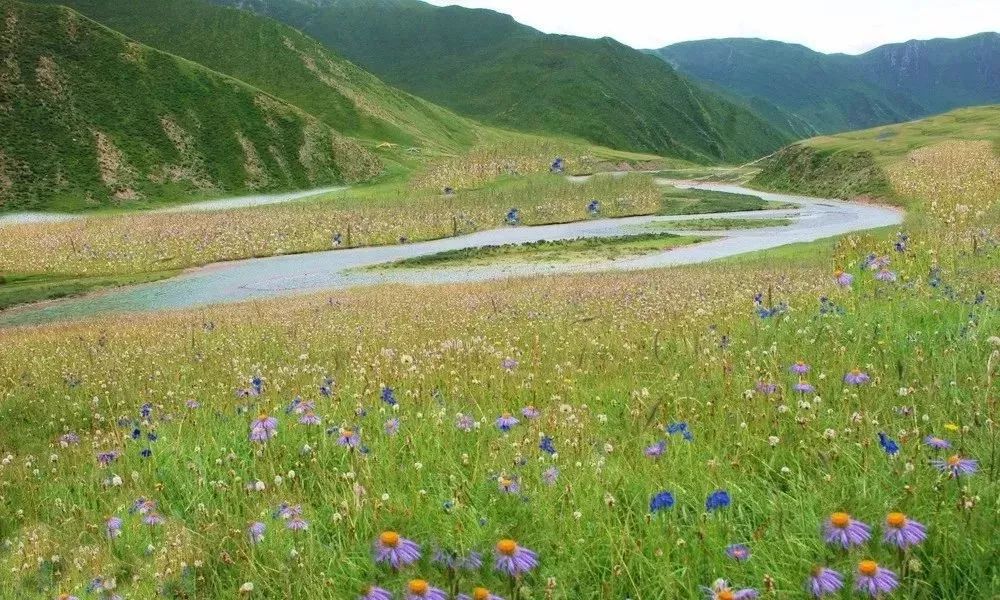
© Legend of Black Pigeon
Due to inconvenient transportation and high altitude, foreign tourists are rarely seen. It is a little-known and inaccessible pure land.
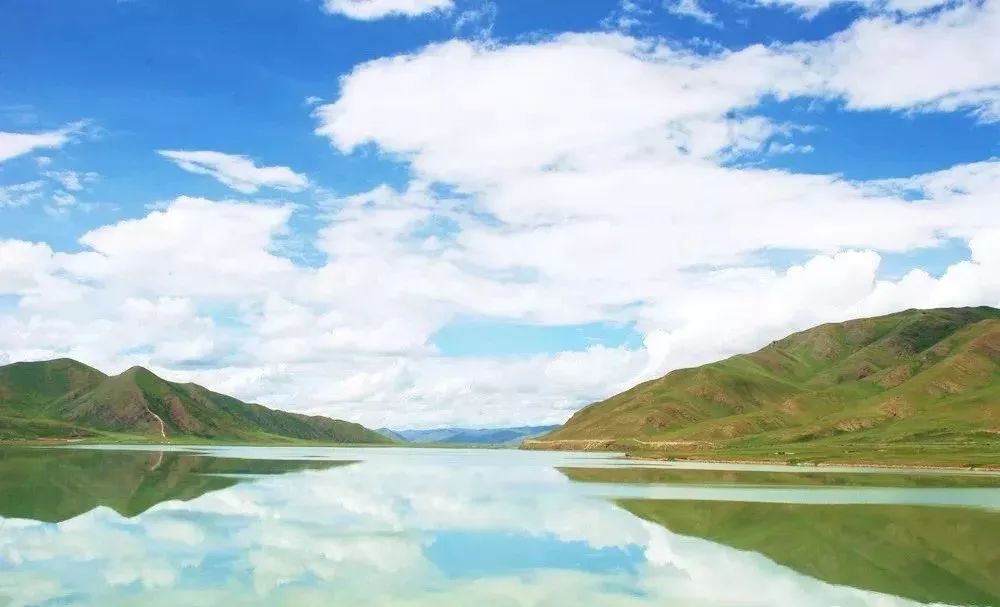
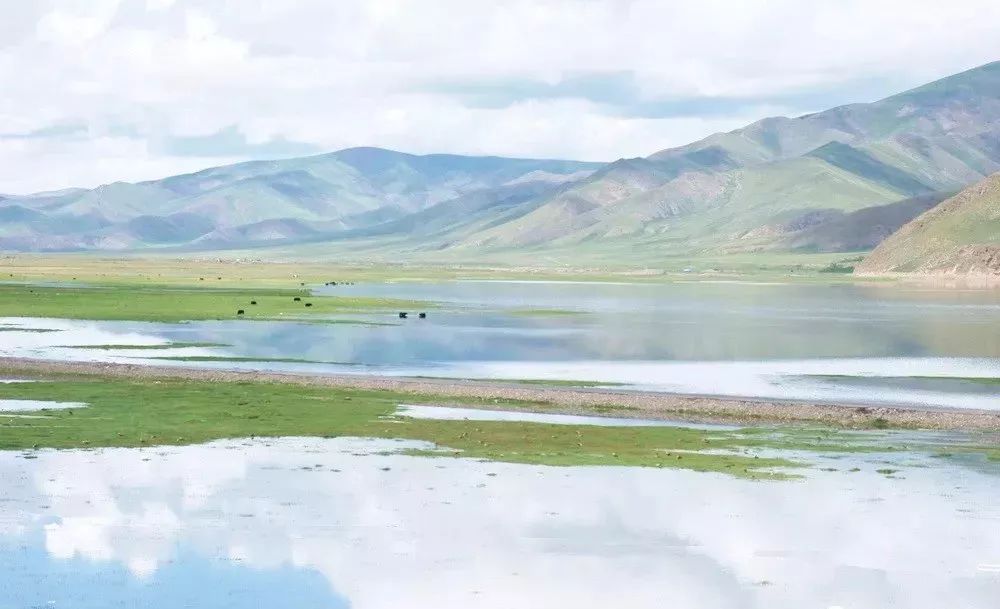
© Legend of Black Pigeon
2. Miscellaneous (important nodes)
A super low-key town in China
There are many, many people are hearing the name of this county for the first time.
But it is not too much to call this place the best and most low-key town in China. It has many and rich beauties, but few people know about it.

©Jiangnan First Beard
It is “the first county at the source of the Lancang River in China”, where the Lancang River, known as the “Oriental Danube” and “the longest river in Southeast Asia”, originates and flows out here.
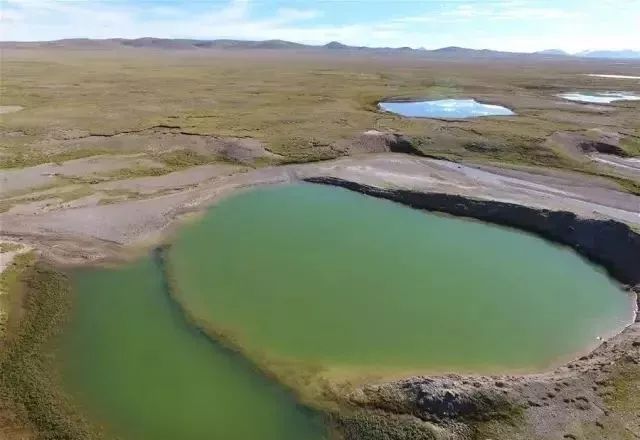
It has a national geological park comparable to the Yellowstone Park in the United States, and the Grand Canyon of the Colorado, Angsai Danxia Geopark, with many cliffs, but few people, and the real scenery is beautiful with few people.
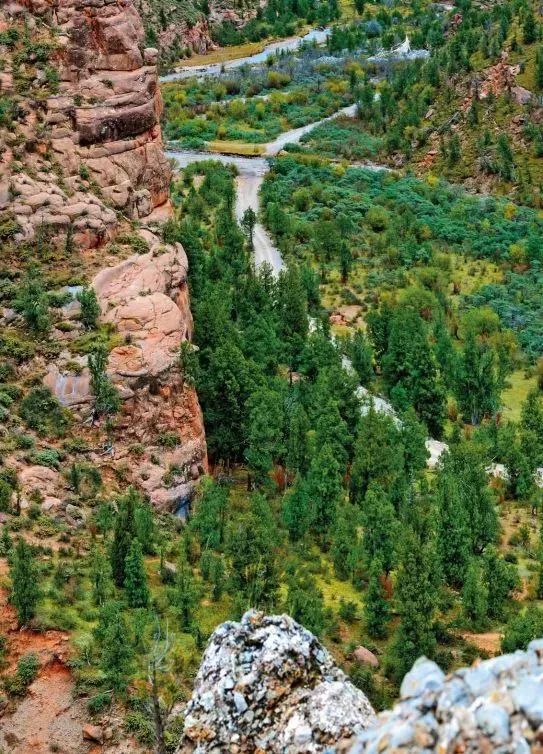
It has the eye lake of Yading milk lake in Bimei Daocheng, which is on the Tuohuqu prairie in Zaduo County.

It has an ancient temple built in 1684, and the wind horse flag on the top of the mountain still tells ancient stories.
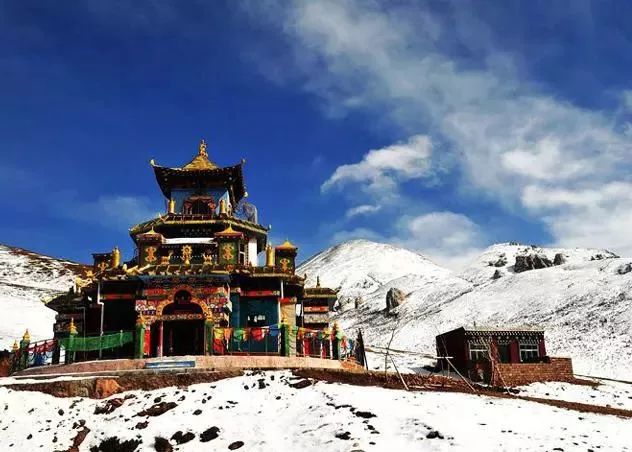
© Hong Wu
It is the “No. 1 County of China’s Cordyceps sinensis”, where the best quality Cordyceps sinensis abounds.

It is the “Hometown of Snow Leopards in China” and the largest contiguous snow leopard habitat in China.

It also enjoys “the first county in the source of the Yangtze River in China”, “the birthplace of China’s snow-covered yak culture”, “the most valuable tourist destination in Yushu, China”, “the hometown of Gesar rap art”, “the hometown of snow-covered folk songs” And many other reputations, few people know, waiting for you to experience them one by one.
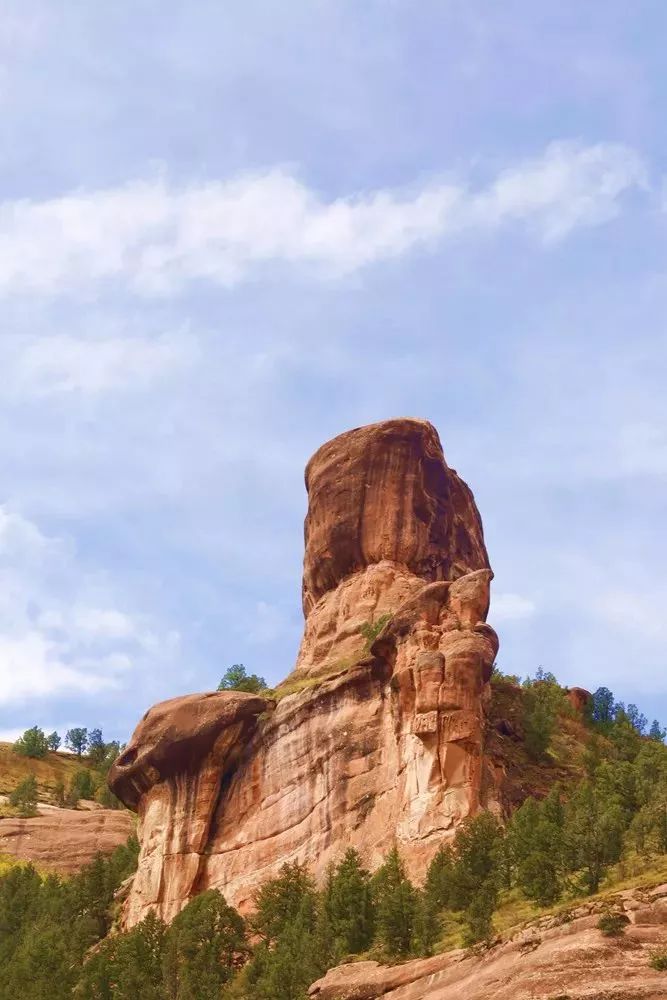
© Sun Tribe
3. Nagqu (drunk at the finish line)
The only county in China without trees, the scenery is beautiful and pure
Some people say that far away in Ali, drunk in Nagqu.
The average altitude here is 4,500 meters. “When I came to Nagqu, I realized that Lhasa is already in the south of the Yangtze River”;
The Nagqu area covers 450,000 square kilometers, but it is so “stingy” that it can’t even accommodate a tree. It is the only county in China without trees;
Moreover, the average annual temperature is only 2.1 degrees, which discourages many tourists.
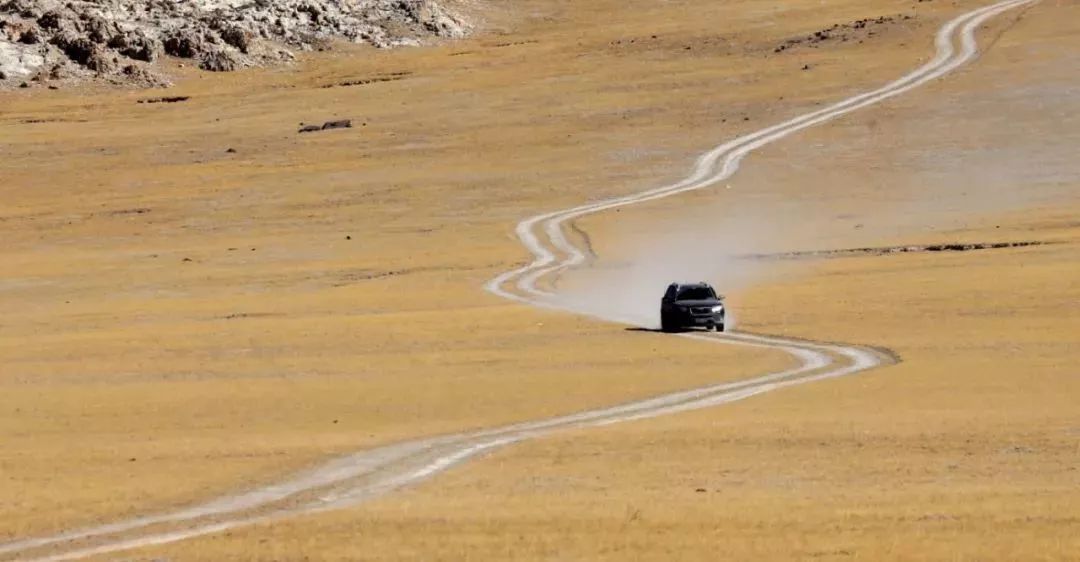

© Documentary Polar
But there are still people who say: Far away in Ali, drunk in Nagqu.
When you actually come here, the holy mountains, holy lakes, prairie and occasional shepherds along the way will really make you extremely unforgettable, and driving here by yourself is called a real road trip!
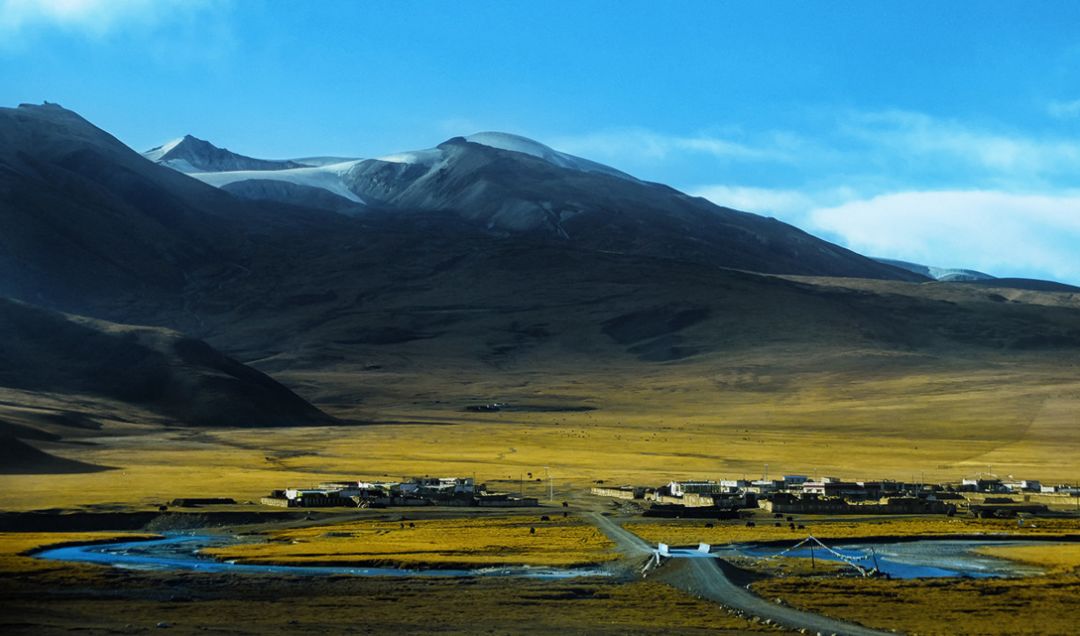
© South Ship
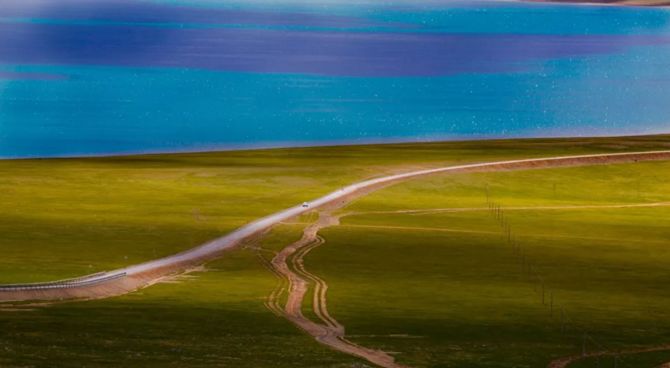
© Hongzang Dawa
From May to October, here has the most beautiful fairyland in the dream, and August is the best month, because there is also a horse racing festival here.
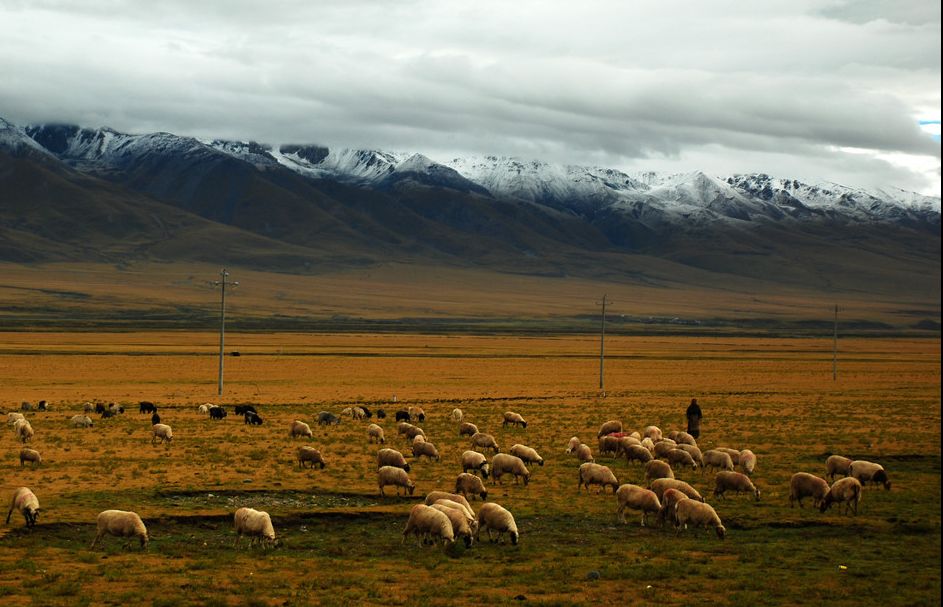
© Hao Hu
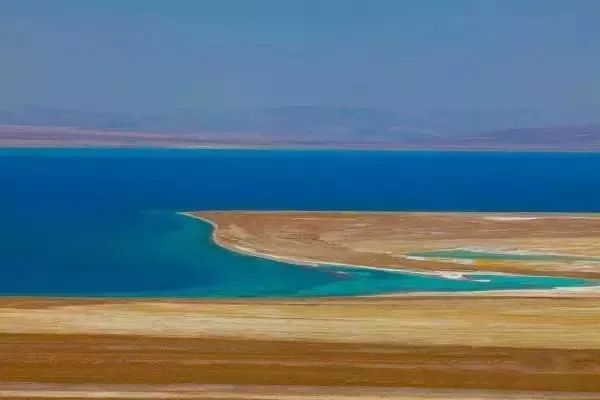
There are “mountains where eagles cannot fly”
It’s called Niantanggula Mountain
100 kilometers to the north of Lhasa, stands the world-famous Nyainqentanglha Snow Mountain, with Namtso on the north, and the highest point of the mountain is 7117 meters above sea level.
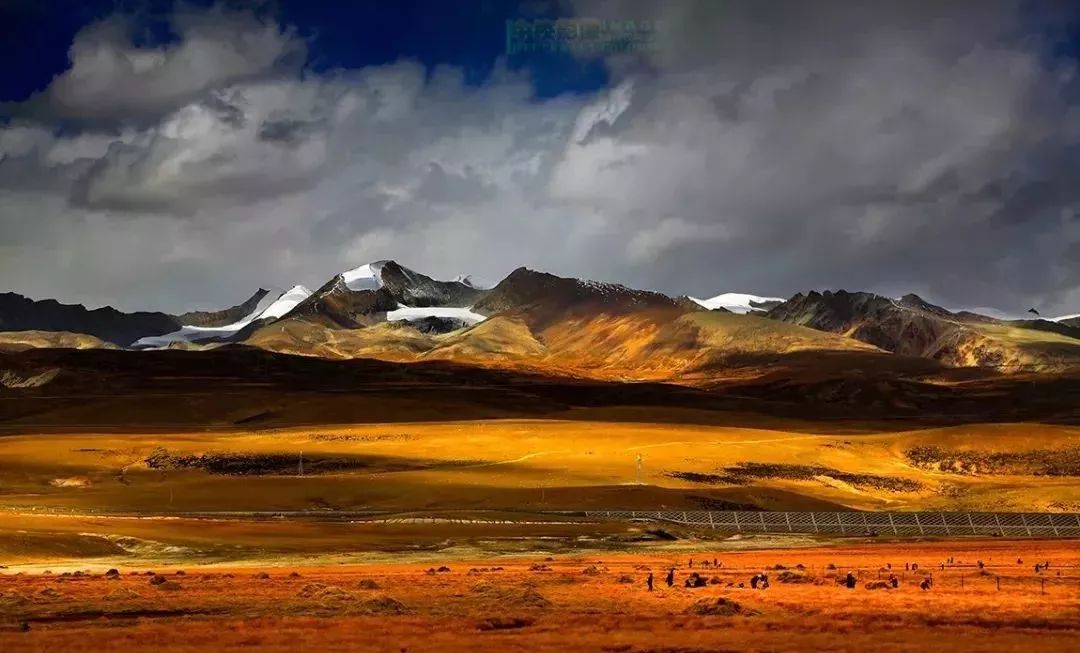
Nyainqentanglha Mountain is one of the three sacred mountains in the Tibetan area, one of the nine sacred mountains, and the first of the thirteen sacred mountains.
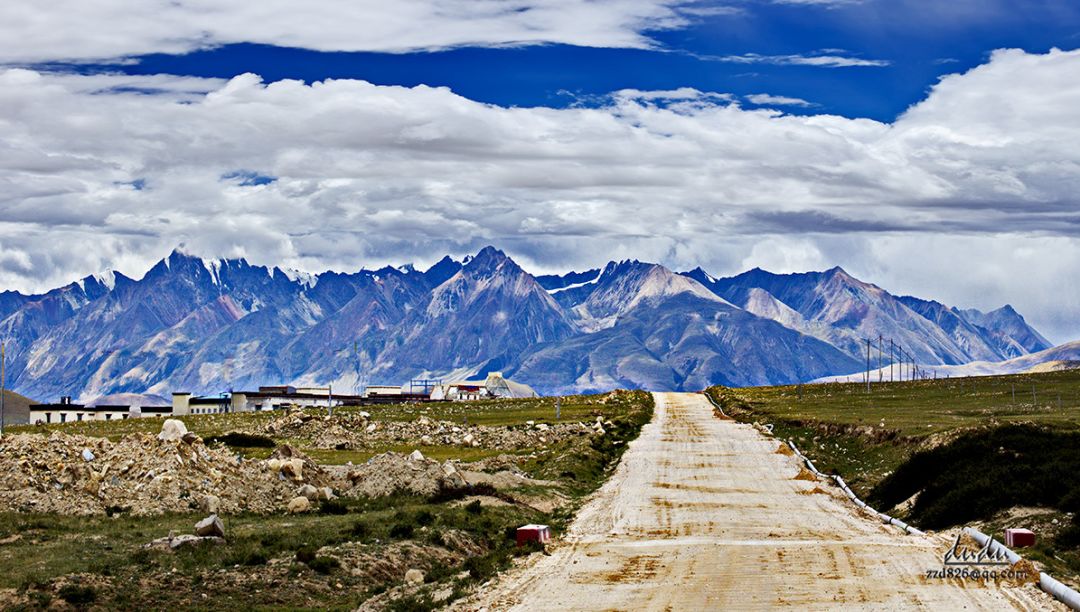
© Dudu

© Nante Zhang
Even if you see Tanggula Mountain from afar, your heart is satisfied.
Here is one of the most hidden three holy lakes in Tibet
It’s called Tangra Yumcuo
Anyone who has been to Tibet knows that there are three major yongcuos in Tibet: Yamdrok yongcuo, Mapang yongcuo and Tangre yongcuo.
In Tibet, not all lakes can be called “Yongcuo”. Even Namtso, known as one of the “Three Sacred Lakes”, has not been awarded the title of “Yongcuo”. “Yongcuo” has such a high standard.
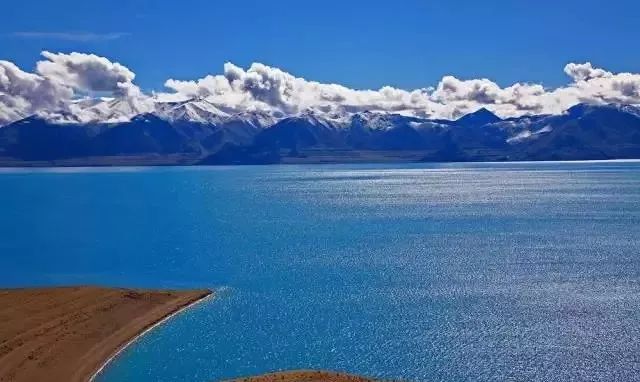
© Big Bear
Here is a newly discovered peerless secret
it is sapu mountain
There are many sacred mountains in Tibet, but few people know that Nagqu hides a more remote and difficult Sap sacred mountain, which is covered with snow all the year round and is mysterious and amazing.
Until last year, a group of amazing photos aroused the desire of countless donkey friends to spy on it.
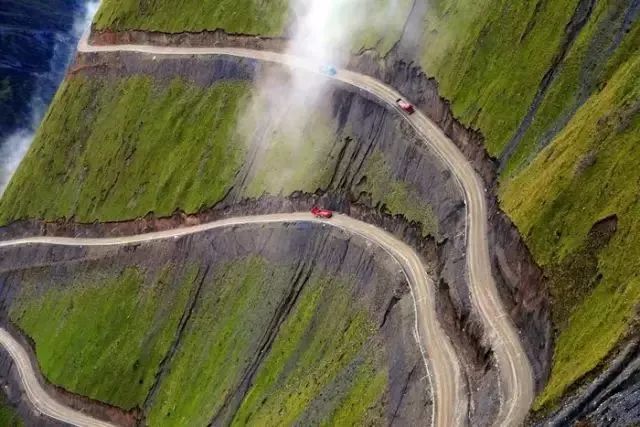
© Photographed on the road
It is the culmination of sacred mountains, glaciers and holy lakes. It has a unique shape of a pyramid mountain peak, and a rare and beautiful glacier that is the best in the world. Its birth will change many people’s aesthetics of mountains. view.
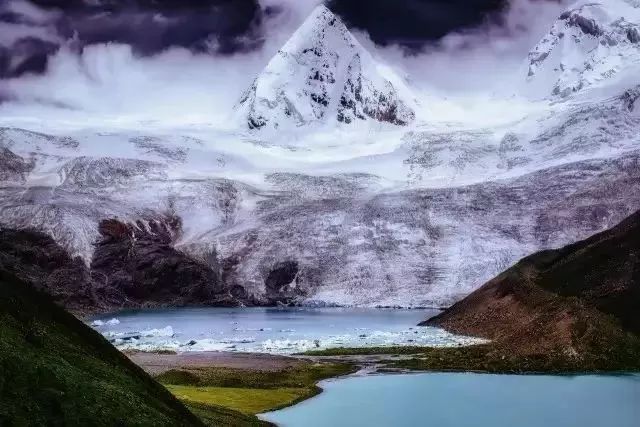
© Shu Xiaojian
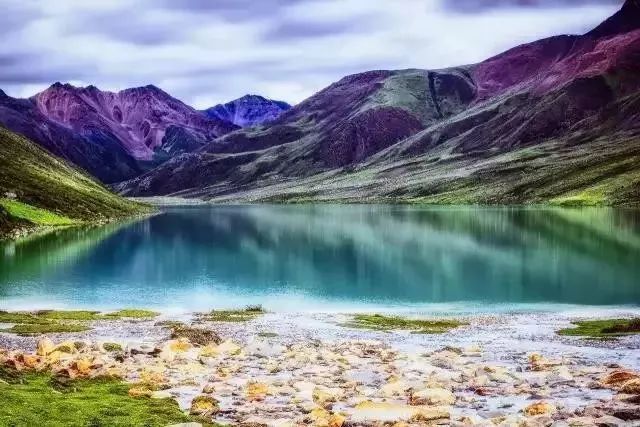
© Shu Xiaojian
Here is the most beautiful alpine grassland in China
It’s called Nagqu Prairie
On the vast grasslands of Inner Mongolia, the beauty of “the wind blows the grass and sees the cattle and sheep” has been praised for thousands of years. However, when people came to the Nagqu area, such verses could not be reproduced.
Because the grass here is too short.
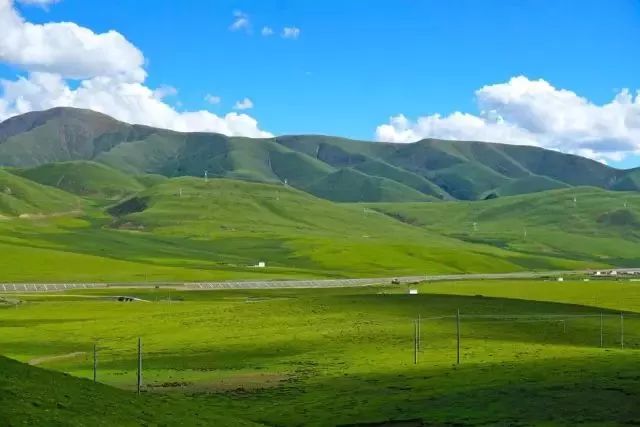
But it is an original creation of nature, and it is one of the few undeveloped virgin lands in the world today. It has been rated as one of the six most beautiful grasslands in China by China National Geography.
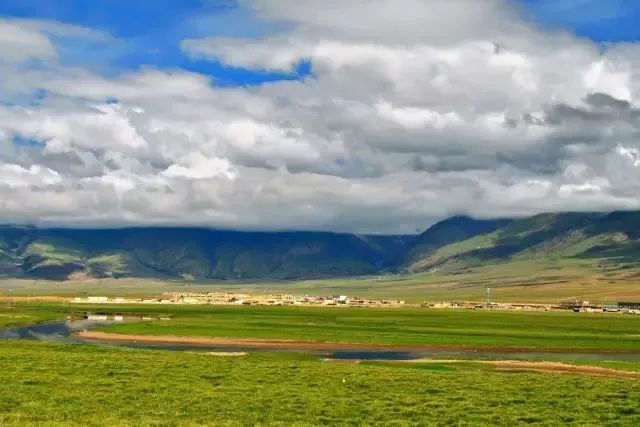
Self-driving tips
Self-driving route: Yushu – Zaduo – Zaa section – Jieduo section – Baqing – Nagqu (Yushu – G214 – 220km – S309 – X812 – 440km – G317 – 260km – Nagqu)
Driving nodes: Yushu – Zaduo – Baqing – Nagqu
Difficulty factor: ★★★★★
Time required: 3 days

It begins with longing and anticipation, and ends with awe and admiration.
Along the way, the clouds are superimposed behind the clouds, the snow-capped mountains are hidden behind the snow-capped mountains, the upstream of the river is connected to the river, and the end of the grassland is still a grassland.

If you have a chance in this life, then take advantage of your youth and go see this otherworldly place.
Everything is just right here.

This article is reproduced for Fun Tibet. The purpose of reprinting is to convey more information. It does not mean that Fun Tibet agrees with its views and is responsible for its authenticity. The copyright of the text and pictures contained in the reprinted article belongs to the original author!




